08 Aug September 2022 Yellowbill

Editor’s Note
The Yellowbill is published monthly except in June, July and August. It is edited by Robert Snow (rsnow@fresnoaudubon.org) except for the Member Photos section, which is edited by Clayton Dahlen (dahlenmc@yahoo.com).
President’s Message
Greetings, FAS members and friends. I hope this message finds you well and that you have all had an enjoyable summer! It is hard to believe that we are now in September and fall is on the horizon. Before we know it, White-crowned Sparrows, Yellow-rumped Warblers, Dark-eyed Juncos, and Ruby-crowned Kinglets will be all over the Valley floor, here to stay until next spring.
We are very excited to announce the kick-off of FAS’s 2022-2023 membership drive beginning Thursday, September 1. FAS annual membership runs from September 1 through August 31 each year. We sincerely appreciate all who support FAS by paying annual dues. Those who join by Friday, September 30 are eligible to win a copy of David Sibley’s latest book, What It’s Like to Be a Bird. More information about dues and FAS membership levels can be found below in this edition of The Yellowbill.
We are also very excited to resume field trips. We have some exciting field trips scheduled for the month of September, which are listed below:
- Saturday, September 10⏤Grant Grove
- Saturday, September 24⏤Wildwood Native Park
- Wednesday, September 28⏤Jensen River Ranch
Anyone interested in these and other upcoming events can check out the FAS event calendar for more information and links to registration: https://fresnoaudubon.org/event-calendar/. There is also a description of each trip in this issue of The Yellowbill.
I would like to remind everyone that we are still holding Introduction to Birding classes and hikes, but we are holding off until the weather is cooler. As of now, the plan is to resume in October, when the unbearably warm temperatures should be behind us for the year. We have teamed with Sierra Foothill Conservancy (SFC) to offer an Introduction to Birding class at McKenzie Preserve on Sunday October 9. Registration for that class is being handled by SFC, and we will send the link as soon as we know it.
The current requirements for attending FAS in-person field trips and classes can be found here: https://fresnoaudubon.org/field-trips/ and below in the field trips section. We are no longer requiring that participants be fully vaccinated. Masks are now optional for all FAS outdoor events. We still require that participants must not be exhibiting any symptoms of Covid-19. Registration is still REQUIRED for all in-person field trips, and participants must register individually. We appreciate your understanding and cooperation.
Thank you to all of those who attended our monthly general meeting presentations over the summer. If you missed any of these talks and would like to view the presentations, you can find them and other general meeting presentations on our YouTube channel at https://www.youtube.com/user/FresnoAudubon.
The next FAS general meeting is scheduled for Tuesday, September 13. Professional ornithologist John Sterling will be talking to us about his adventures in Morocco, which has a tremendous diversity in habitat types and birds. Here is the link to registration: https://events.r20.constantcontact.com/register/eventReg?oeidk=a07ejcmqkj725afbb55&oseq=&c=&ch=.
I’d like to remind all of you that FAS is on Facebook, Instagram, Twitter, and YouTube. Please give FAS a follow if you haven’t already! This is a great way to engage with us and stay in the loop!
To end this message, I’d like to share a photo I took recently of a juvenile Swainson’s Hawk out at Jensen River Ranch. Note the long wingtips, the white edging on the wing feathers, the diffuse speckling on the belly, and the dark bands on the breast. Enjoy!
Please take care of yourselves!
Rachel Clark
Fresno Audubon Society President
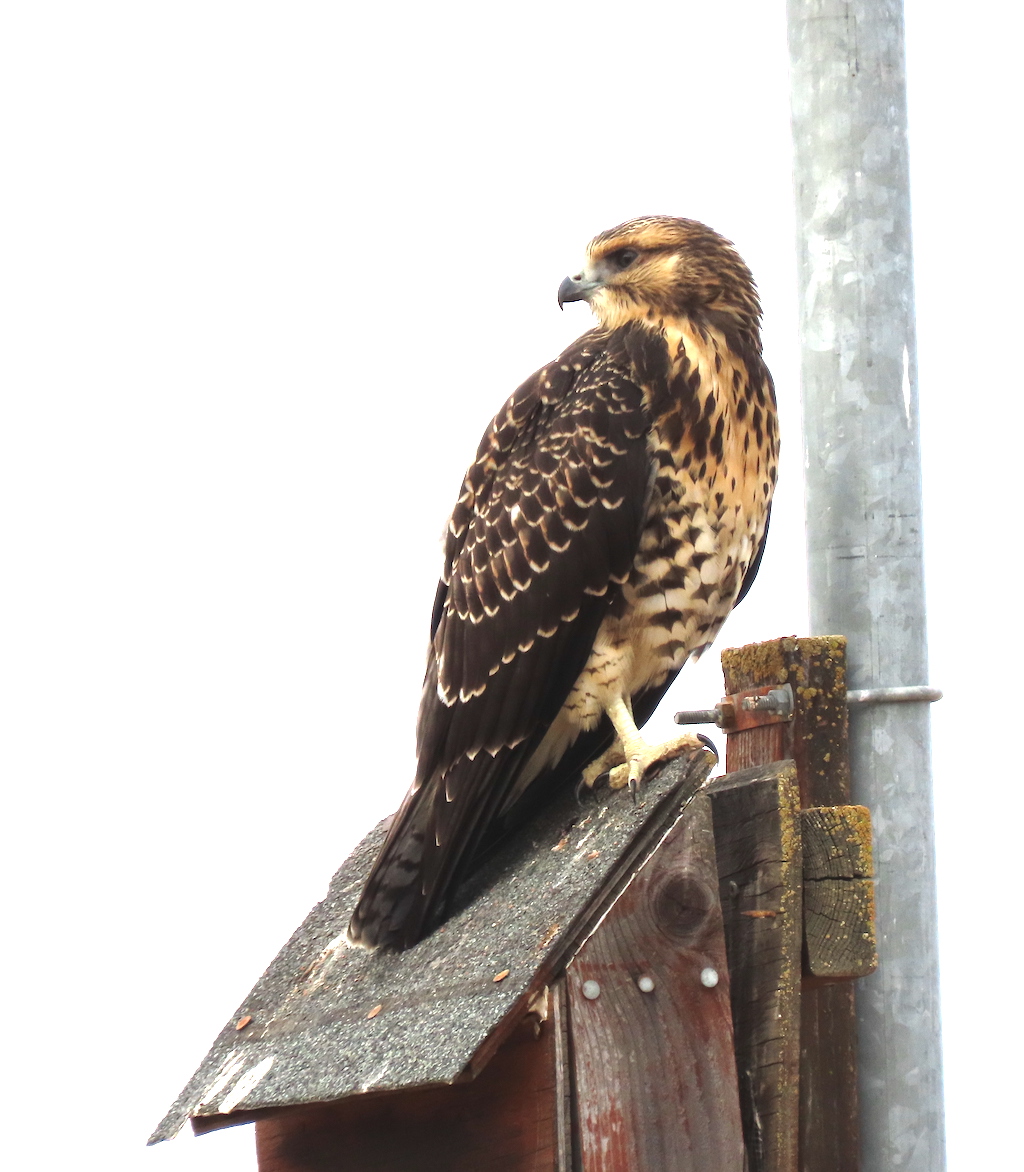
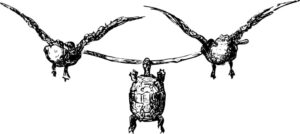
Membership
Fresno Audubon Society Kicks Off Its Annual Membership Drive
We are excited to announce the kick-off of Fresno Audubon’s (FAS) 2022-2023 membership drive beginning Thursday, September 1, 2022. FAS annual membership year runs from September 1st through August 31.
Thank you to all of you who generously support Fresno Audubon by paying annual membership dues. Your support makes it possible for FAS to host outstanding speakers on our Zoom General Meetings, maintain our website, conduct guided field trips, teach introductory birding classes, maintain the bird feeding station at the River Center, conduct multiple bird surveys, and advocate for regional and local bird-related issues. To learn more about our work, download our 2020 Annual Report.
FAS members also have exclusive access to the FAS Birding Resource Guide, an online compilation of Central Valley birding resources, and new members receive a FAS sticker that displays the Fresno Audubon logo and website.
Repeating This Year⏤Drawing for a David Sibley Book!
Everyone (except board members) who joins or renews their FAS membership by Friday, September 30 will automatically become eligible to win a copy of David Sibley’s newest book, What It’s Like to Be a Bird. (Lifetime FAS members and those folks who have joined or renewed since June 1, 2022 will also be included in this year’s drawing.)
Fresno Audubon Society membership levels are:
$15 Student
$25 Individual
$35 Family
$1000 Golden Eagle (Life)
Fresno Audubon Society
PO Box 3315
Fresno, CA 93650
Thank you for your continuing support of Fresno Audubon Society!
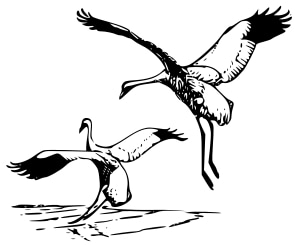
September General Meeting
John Sterling
Birding Adventures in Morocco
Tuesday, 13 September 2022
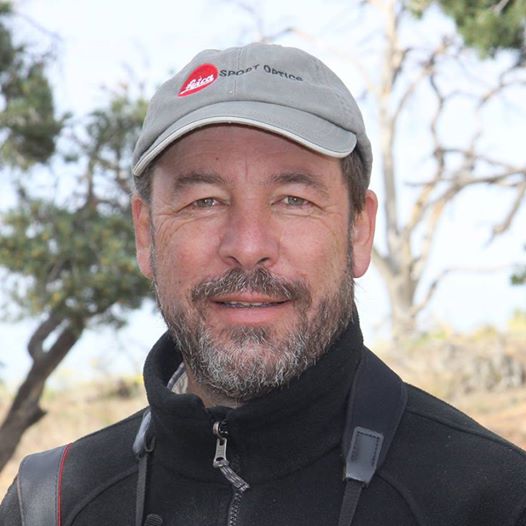
Program Description
John will share highlights from his tours’ adventures in Morocco. With its high mountains, high desert, low Sahara desert, agricultural plains, coastal lagoons, cork oak woodland, and coniferous forest, Morocco has much to offer to birds and birders. Home to several endemic bird species as well as North Africa species not readily seen elsewhere, it is also along the major migratory pathway for European migrants including shorebirds, raptors, songbirds and others. Join us for virtual tour of the country’s birds, landscapes and culture.
Speaker Bio
John Sterling has been a hard-core birder in California since he was shown a Pileated Woodpecker in 5th grade camp in 1971. He is a professional ornithologist and has worked for the Smithsonian Institution, US Forest Service research stations, HT Harvey & Associates, Arizona and Oregon state universities among other organizations. John has traveled extensively throughout California learning about local bird distribution, and he is an authority on that state’s avifauna. In 2015 he set the California new big year record with 501 species, and he has many big day records as well. He has traveled internationally as a guide and ornithologist for many institutions including projects as a Smithsonian ornithologist to Mexico, Ecuador, Peru, The Philippines, Sumatra, Canada and Russia. John currently has his own company, Sterling Wildlife Biology (www.sterlingbirds.com), specializing in tours, birding classes, research and environmental consulting for The Nature Conservancy, the Kern Water Bank, the California Rice Commission, the Smithsonian Migratory Bird Center, National Audubon’s International Alliance Program, CA Dept. of Water Resources among other organizations.
To receive the Zoom link for the meeting, please register here.
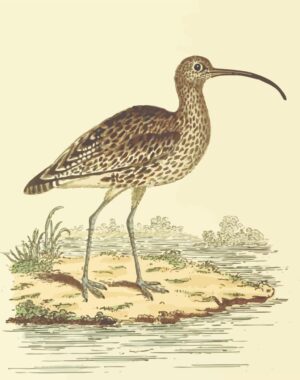
General Meeting Speaker Schedule
Following is the schedule for future speakers. This schedule is subject to change due to cancelations. Check the FAS events calendar for the latest information: https://fresnoaudubon.org/events.

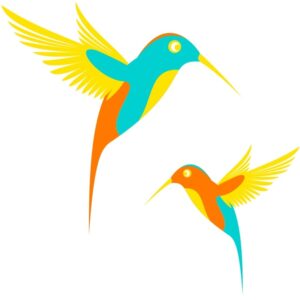
September Field Trips
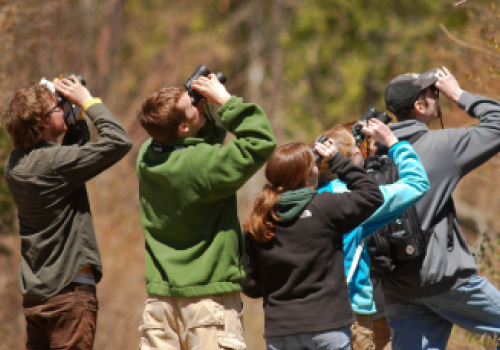
FIELD TRIP GUIDELINES DURING THE COVID-19 PANDEMIC ⏤ Fresno Audubon Society is again offering field trips now that COVID-19 vaccinations are available to all. As we move into the endemic phase of the COVID-19 pandemic, everyone must determine their own level of risk aversion. The CDC’s newest recommendations state that masks should be optional when outdoors. It has been shown that a well-fitting N95 mask protects the wearer for several hours from an infectious dose of virus, so anyone concerned about exposure can choose to wear a mask near others if they feel at risk. Following are our current guidelines for our field trips.
- Participants must pre-register individually using the FAS event registration system.
- Participants must self-screen their own temperature before the outing and must not attend if they are feverish.
- Participants must consent to Fresno Audubon Society’s Liability Waiver by pre-registering.
- Social distancing is encouraged.
- Masks are not required, but participants are encouraged to wear a mask whenever they feel the need.
- Some field trips meet up at a central point before traveling to the field trip location. Participants may form their own car pools at these meetup points.
- Participants must contact their trip leader should they test positive for COVID-19 within three days following the outing so that we can notify others who attended the trip.
Saturday 10 September 2022 ⏤ Grant Grove with Kevin Enns-Rempel
Join Fresno Audubon on Saturday, September 10, as we journey up Highway 180 to the Grant Grove area of Kings Canyon National Park and beyond. Registration for this trip is required. Please register here
We will meet at 6:00 a.m. in the parking lot between Javier’s Mexican Restaurant (5680 E Kings Canyon Rd) and the Educational Employees Credit Union to arrange carpooling. See map below.
The group will depart by 6:15 a.m. Our first stop will be Grant Grove Village, where we will bird around the meadow. We will then drive about 6.5 miles farther on Highway 180 to the Indian Basin Grove Interpretive Trail/Princess Campground. Depending on time, we may also stop at the Big Stump Grove on the way back. We will head back down by about 3:00 p.m. Participants can certainly leave earlier if they’d prefer.
Participants should bring snacks, lunch, water, hat, sunscreen, sunglasses, and binoculars. Registration is required and there is a limit of 25 participants.
Please reach out to trip leader Kevin Enns-Rempel (559-313-4546 or kevin.enns.rempel@gmail.com) with any questions. Please register here.
Saturday 24 September 2022 ⏤ Wildwood (River West Madera) with Rachel Clark
Join FAS on Saturday, September 24 as we explore Wildwood Native Park and the surrounding areas. Wildwood Native Park is located in Madera County, just north of Fresno, right off of the 41: https://goo.gl/maps/SKW27jQZhu7kCWpr6
Our target species include Red-shouldered Hawk, Black-crowned Night Heron, Nuttall’s Woodpecker, Phainopepla, Lesser Goldfinch, and an exciting array of fall migrants! We will be meeting at 7:00 a.m. in the parking lot.
Participants should bring snacks, lunch (if desired), water, hat, sunscreen, and binoculars, and should dress in layers. We will likely be wrapping up between noon and 1:00 p.m., depending on the weather.
Registration is required for this event. If you have any questions, please reach out to trip leader Rachel Clark at tanagergirl@gmail.com or 515-357-0122. Please register here.
Wednesday 28 September 2022 ⏤ Woodward Park/Jensen Trail with John MacDonald
Join trip leader John McDaniel to explore Jensen River Ranch. We will meet at 8:00 a.m. the Art of Life Healing Garden next to the north east parking lot in Woodward Park.
From there we will walk down the Tom MacMichael Senior Trail to the San Joaquin River and along its bank upstream until we meet the Flood Control District’s ditch. We will continue along the MacMichael Trail following the ditch back toward the bluff, and circle back to the parking area. We hope to see many of our usual suspects including scrub jays, black phoebes, house finches, lesser goldfinches, red-tailed hawks, red-shouldered hawks, turkey vultures, American kestrel, great blue herons, double-crested cormorants and great egrets. Some of the fall returnees may show up as well, including cedar waxwing, northern flickers, various and sundry sparrows as well as migrating waterfowl.
Depending on time and interest, we may walk over to the large pond near the Park entrance, which should be populated with Canada Geese, Mallards, American Coots, and Pied-billed Grebes, among others.
The $5.00 City entrance fee applies if you park in Woodward Park. Alternative parking may be available in the Fort Washington Shopping Center.
Registration is required for this event. If you have any questions, please reach out to trip leader John McDaniel at (559) 779-7186 or mandomac@comcast.net. Please register here.
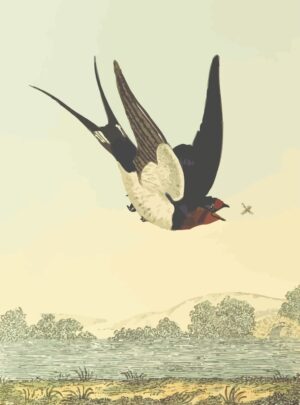
Field Trip Schedule
This schedule is subject to change due to cancelations. Check the FAS events calendar for the latest information: https://fresnoaudubon.org/events.
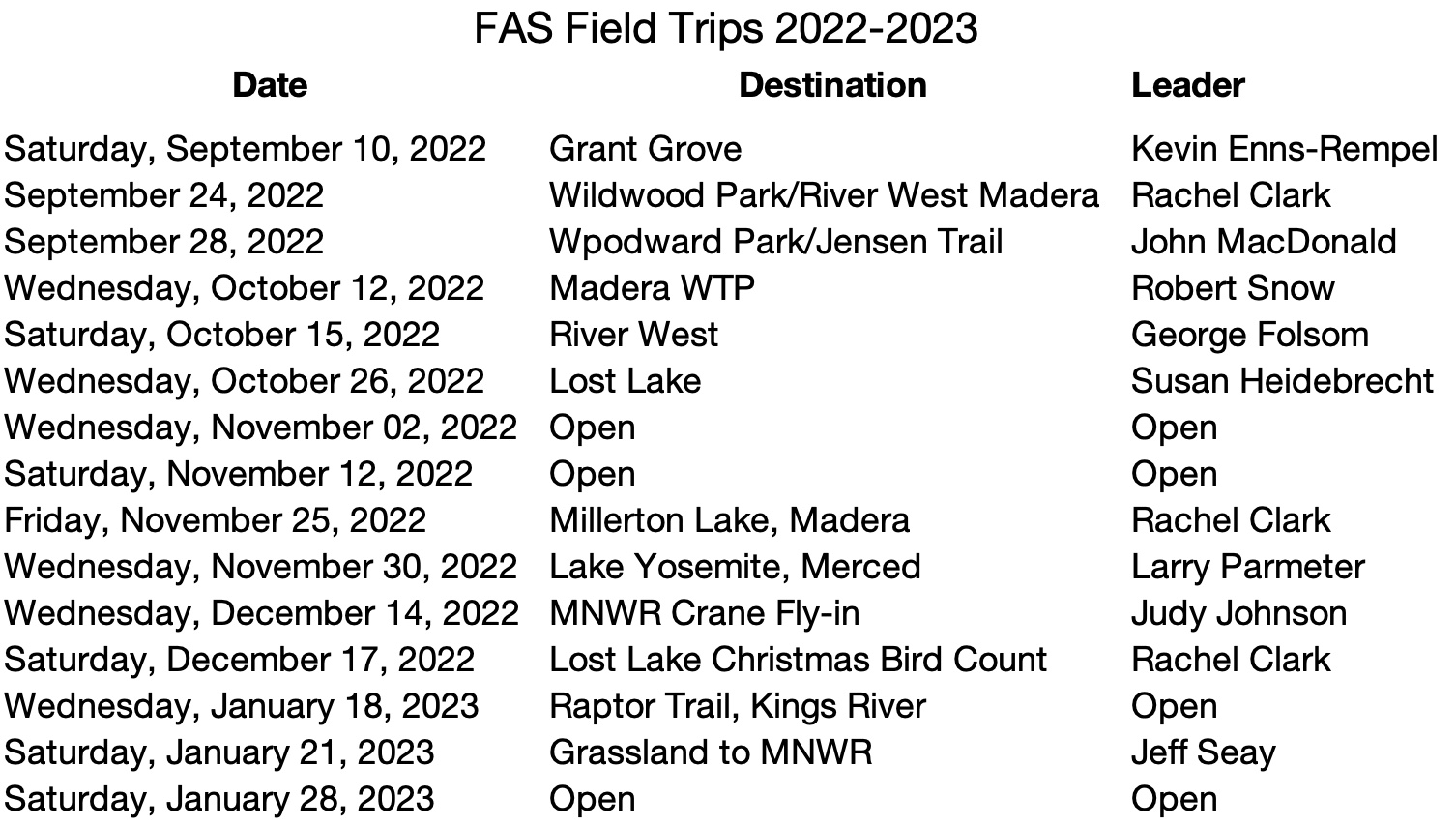
May and June field trip reports
Swanson Meadow, McKinley Grove, and Courtright Reservoir
Saturday 11 June 2022
Rachel Clark
On Saturday, June 11, 2022, approximately 20 birders joined as we explored various locations along Dinkey Creek Road and McKinley Grove Road. The first stop was Edison Rest area, where we had flyover Band-tailed Pigeons and Lawrence’s Goldfinches, a gorgeous male Golden-crowned Kinglet, a stunning Western Tanager, a singing Hammond’s Flycatcher, and many others. The next stop was Swanson Meadow, where we were treated to great looks at a Yellow Warbler, a Green-tailed Towhee, a Lazuli Bunting, and nest-building Hermit Warblers. All around us, Chipping Sparrows, Song Sparrows, Lincoln’s Sparrows, and MacGillivray’s Warblers sang away. After the meadow, the group headed to McKinley Grove, where we saw a Pacific Wren, a Red-breasted Sapsucker, a Hammond’s Flycatcher, and had many singing Golden-crowned Kinglets. Our last stop of the day was Courtright Reservoir, where the highlights included a singing Hermit Thrush, a Williamson’s Sapsucker, Violet-green Swallows, a male Mountain Bluebird, a small flock of Cassin’s Finches, a Mountain White-crowned Sparrow, and a Black-backed Woodpecker! All told, a total of 47 species were recorded. The list is below. Many thanks to all of those who attended and made the trip a success!
Species for the day:
- Turkey Vulture
- Osprey
- Band-tailed Pigeon
- Mourning Dove
- Williamson’s Sapsucker
- Red-breasted Sapsucker
- White-headed Woodpecker
- Hairy Woodpecker
- Black-backed Woodpecker
- Northern Flicker
- Western Wood Pewee
- Hammond’s Flycatcher
- Dusky Flycatcher
- Cassin’s Vireo
- Steller’s Jay
- Clark’s Nutcracker
- Common Raven
- Violet-green Swallow
- Mountain Chickadee
- Pacific Wren
- Rock Wren
- Golden-crowned Kinglet
- Red-breasted Nuthatch
- Brown Creeper
- American Robin
- Hermit Thrush
- Mountain Bluebird
- Purple Finch
- Cassin’s Finch
- Lawrence’s Goldfinch
- Fox Sparrow
- White-crowned Sparrow
- Chipping Sparrow
- Dark-eyed Junco
- Song Sparrow
- Lincoln’s Sparrow
- Green-tailed Towhee
- Spotted Towhee
- Brown-headed Cowbird
- Yellow Warbler
- Nashville Warbler
- Yellow-rumped Warbler
- Hermit Warbler
- MacGillivray’s Warbler
- Western Tanager
- Black-headed Grosbeak
- Lazuli Bunting
Swanson Meadow and Wishon Reservoir
Sunday 12 June 2022
Rachel Clark
On Sunday, June 12, 2022, a group of six enthusiastic people participated in Fresno Audubon’s first ever Let’s Go Birding Together event. The first stop was Edison Rest area, where we had great looks at a stunning male Western Tanager and a singing Fox Sparrow. The small group headed next to Swanson Meadow, where insects abounded, and Lazuli Buntings, Black-headed Grosbeaks, and a Yellow-rumped Warbler offered us brief glimpses. After exploring Swanson Meadow, we headed to Wishon Reservoir, where we hiked along a quiet road with tall evergreens and dense bramble on either side. All around us Fox Sparrows and Nashville Warblers sang from the tangled vegetation. All told, a total of 37 species were recorded. The list is below. Many thanks to all of those who attended and made it an enjoyable day! We are planning to hold the Let’s Go Birding Together event again next June, so stay tuned next spring for announcements!
Species for the day:
- Turkey Vulture
- Red-tailed Hawk
- Mourning Dove
- Red-breasted Sapsucker
- White-headed Woodpecker
- Dusky Flycatcher
- Western Wood Pewee
- Cassin’s Vireo
- Warbling Vireo
- Steller’s Jay
- Common Raven
- Barn Swallow
- Mountain Chickadee
- Golden-crowned Kinglet
- Red-breasted Nuthatch
- White-breasted Nuthatch
- Brown Creeper
- American Robin
- Purple Finch
- Cassin’s Finch
- Lawrence’s Goldfinch
- Lesser Goldfinch
- Fox Sparrow
- Chipping Sparrow
- Lincoln’s Sparrow
- Song Sparrow
- Dark-eyed Junco
- Spotted Towhee
- Green-tailed Towhee
- Nashville Warbler
- Yellow-rumped Warbler
- Hermit Warbler
- MacGillivray’s Warbler
- Yellow Warbler
- Black-headed Grosbeak
- Western Tanager
- Lazuli Bunting
Moss Landing
Wednesday 22 June 2022
Robert Snow
Nine people made the trek to Moss Landing on Wednesday 22 June to bird the Stevens Ranch, Jetty Road and Moonglow Dairy on a beautiful, cool summer day. Fresno Audubon has been visiting the area since 2015 after Robert Snow joined an Audubon California Board field trip with Robert Stevens on his ranch (Packard Ranch on eBird). In appreciation of Robert’s willingness to allow FAS to bird his ranch, Rich Gilman made a Barn Owl box and installed it (with help from Clayton Dahlen and Hart Broesel) during the trip. We usually bird the area during winter when shorebirds are plentiful in the Elkhorn Slough area, but there were plenty of interesting birds to be seen in June incuding Black-crowned Night-Herons, Common Yellowthroat and a Loggerhead Shrike. After birding the ranch, we went to Jetty Road where we saw Semipalmated Plovers, Heermann’s Gulls, Pigeon Guillemots and a Pacific Loon. We ended the day at the Moonglow Dairy where there is an active rookery of Double-crested Cormorants, Great Blue Herons and Great Egrets as well as a small number of Tricolored Blackbirds. In all we saw 55 species. The eBird trip report can be found here: https://ebird.org/tripreport/64812.
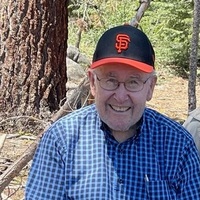
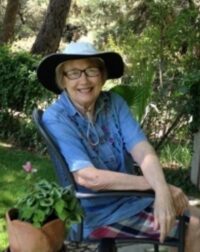
In Tribute to Darby and Vicki Smith
by Karen Butler, in collaboration with Ken and Betty Cornelisen, Frank Gibson and Pat Libby
It is with special fondness that we remember Darby and Vicki Smith. We lost Darby, 86, on May 9, 2022 and Vicki, 81, on March 3, 2017.
Darby and Vicki joined the Wednesday Birding Group about March 1997. They were among the Wildwood neighbors (including (Pat Kuhl and Kay Barnes)) who lived on the Kings River and invited us to their homes for birding day lunches, monthly “summer hummers” (potluck dinners June-August at Bev Brock’s) and for other special occasions.
Darby and Vicki retired as educators for foothill schools in the Kings Canyon Unified School District. They were married for almost 61 years. They had four children and nine grandchildren.
Ken and Betty Cornelisen recall that Darby served with them as co-leaders of the Wednesday Birders for a number of years: “His enthusiasm for birding and love of the Sierra, along with his outgoing friendly personality, made our birding trips extra special!”
Frank Gibson remembers Vicki as quiet-spoken, caring and very gracious. With regards to Darby, “he was known as ‘the fastest scope in the west!’ He knew his birds. Once a bird was spotted, he immediately scoped it and made sure that every birder (newest ones first) saw it! He was the nicest man I’ve ever met.”
Darby and Vicki are greatly missed.
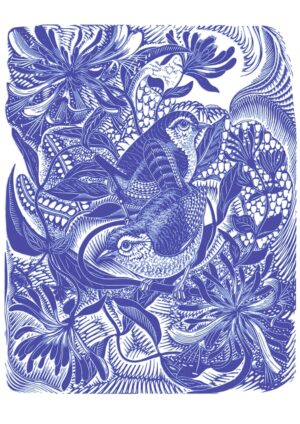
Fresno-Madera Birds
by Jeff Davis
Including reports for the period of
April 16 to August 15, 2022
A male Blue-winged Teal x Cinnamon Teal northwest of S Riverbend Ave and E Annadale Ave in Sanger April 21 (ph. SH) provided the second record of this hybrid combination for Fresno County.
I a
A flock of 53 Vaux’s Swifts at Millerton Lake April 22 (GF, CC) was the largest group ever reported for our area.
Rare shorebirds at the Fresno WTP included three Sanderlings May 27 (ph. CR, DJ); a Marbled Godwit July 1 (ph. GW) and July 22 (GW and JP) and three there August 10 (ph. GW); a Semipalmated Sandpiper July 27 (ph. KC); and two Willets August 2 (ph. GW) plus one there August 4 (KER, CR).

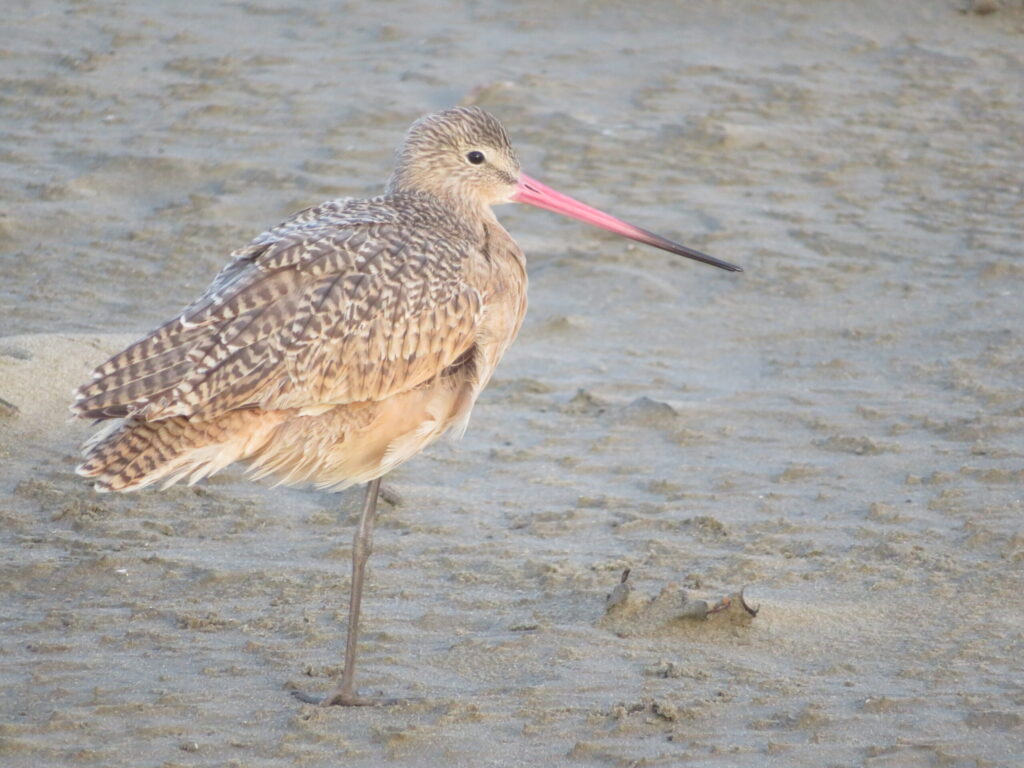

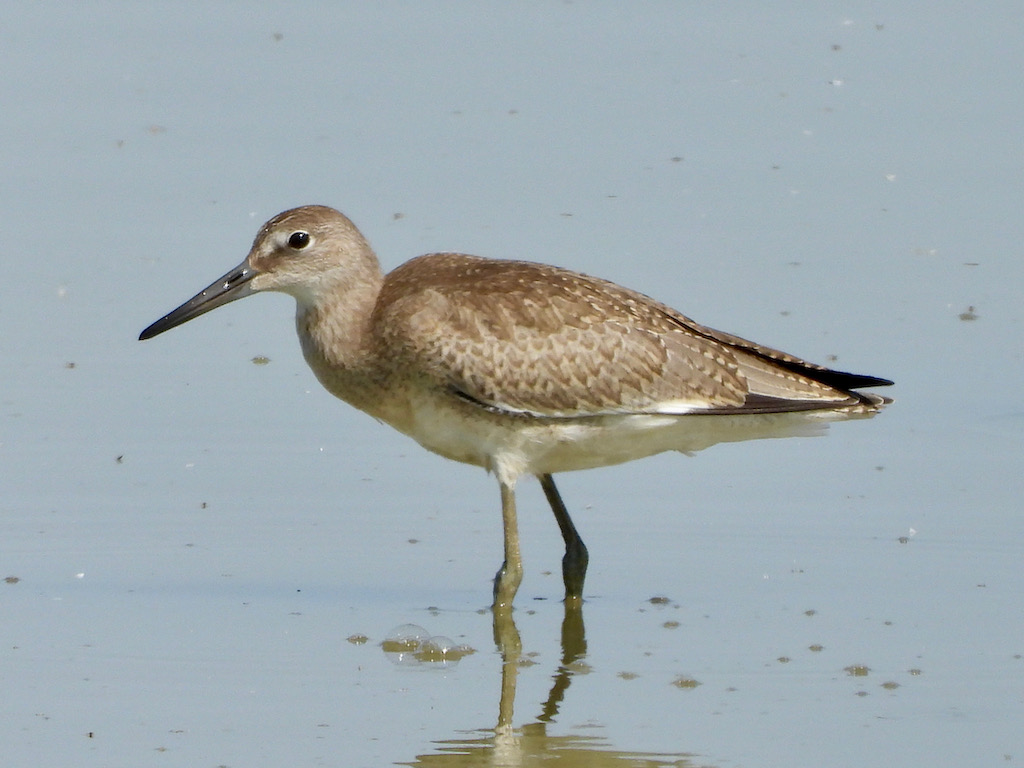
A Gray Flycatcher off Forest Service Road 5S86 in the Creek Fire scar July 7 (JT) and another at Jackass Meadows July 7 (JT, NS) suggested the possibility of local nesting. This species is known to nest in Fresno County only in the Coast Range near San Benito Mountain.

Less than annual in our area, two Purple Martins were at North Riverside Access Park below Pine Flat Dam April 18 (ph. GF); three were at Edison Point Wildlife Area at Pine Flat Lake May 9 (RS), where pairs nested in 2006; and one was at North Riverside Access Park May 19 (CH).
Two Indigo Buntings at Hume Lake June 8 (ph. GF), June 10 (ph. RS), and June 14 (ph. CC) furnished the fifth record of this species for Fresno County.
Black-throated Sparrow was perhaps less abundant this nesting season compared with those during the past couple of years, with only two reported, one at Mammoth Pool Overlook June 10 (GW) and another at Mile High Vista June 29 (GF).
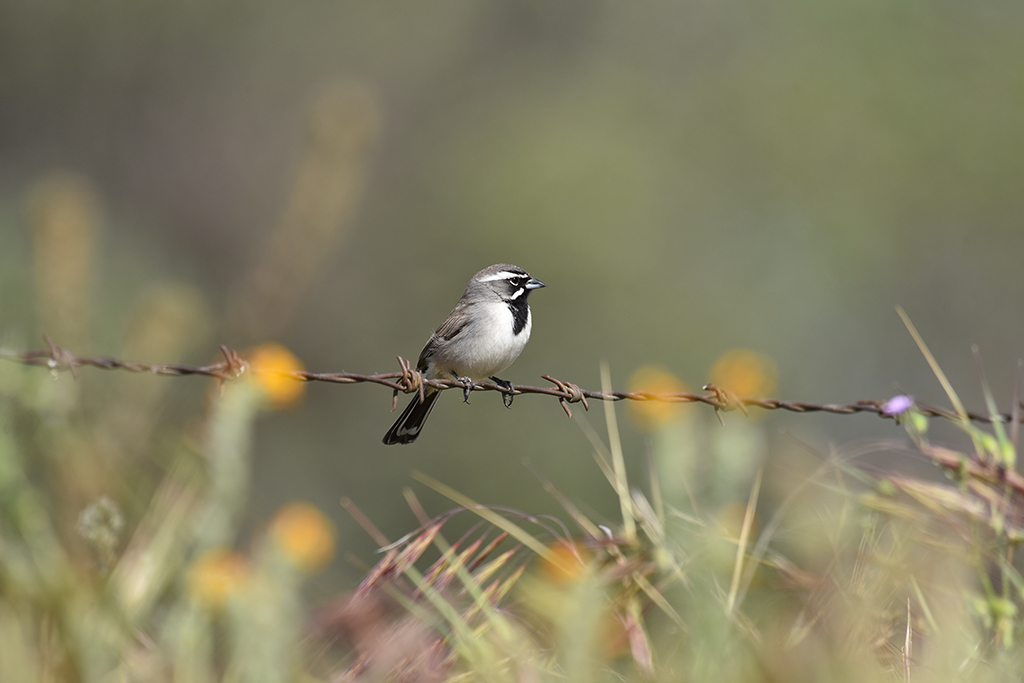
Cited Observers: Sze On Ng Aaron, Corey Chen, Katherine Collin, Kevin Enns-Rempel, George Folsom, Rick Grijalva, Chris Hiatt, Samuel Holman, Daniel Jeffcoach, Jesse Pilkerton, Chris Rempel, Rick Saxton, Nicholas Schleissmann, Jory Teltser. ph. = photographed by. WTP = Wastewater Treatment Plant.
If you make an interesting observation, we’d love to hear about it. We are especially interested in birds listed as casual or rare on the Fresno Audubon checklist and those found out of season, out of normal habitat, or in unusually large numbers. Please submit reports to eBird, the Fresno County Birders e-mail list, or Jeff Davis (jndavis@ucsc.edu).

Member Photographs
Please send your photos in jpeg format with a width of 1024 pixels and a resolution of 72 pixels/inch to dahlenmc@yahoo.com with how you want the photo credit to read. Birds may be from anywhere. Limited space may restrict publication to a later issue. We will also showcase your photos on our social media.
Josh Campbell


David Divelbiss
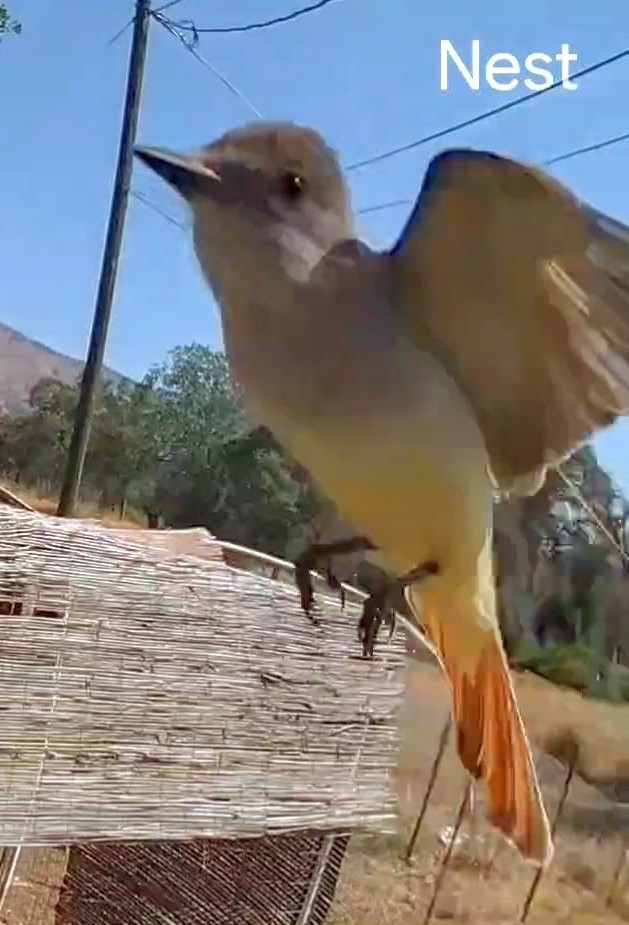
George Folsom
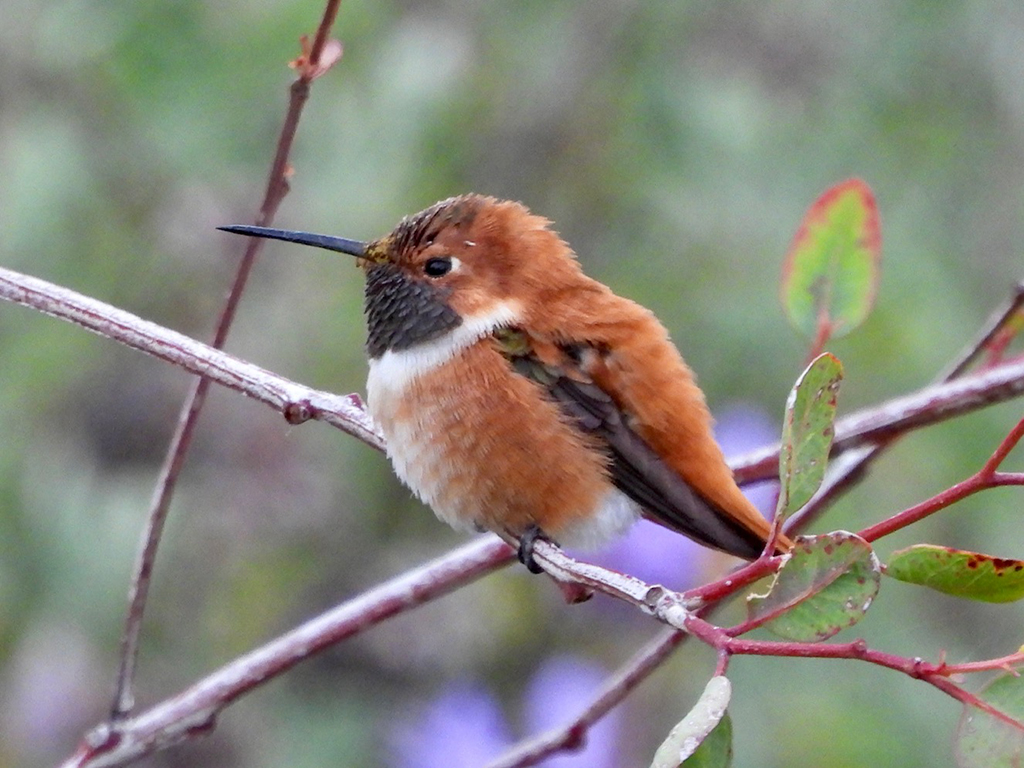
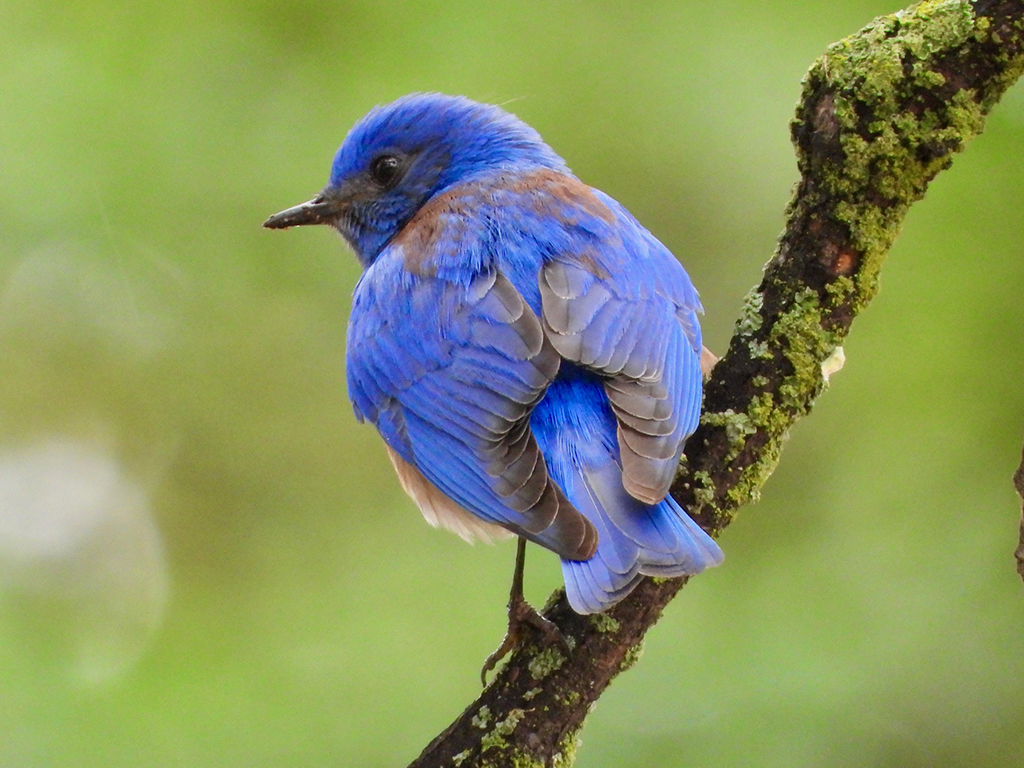
Mireya Linares
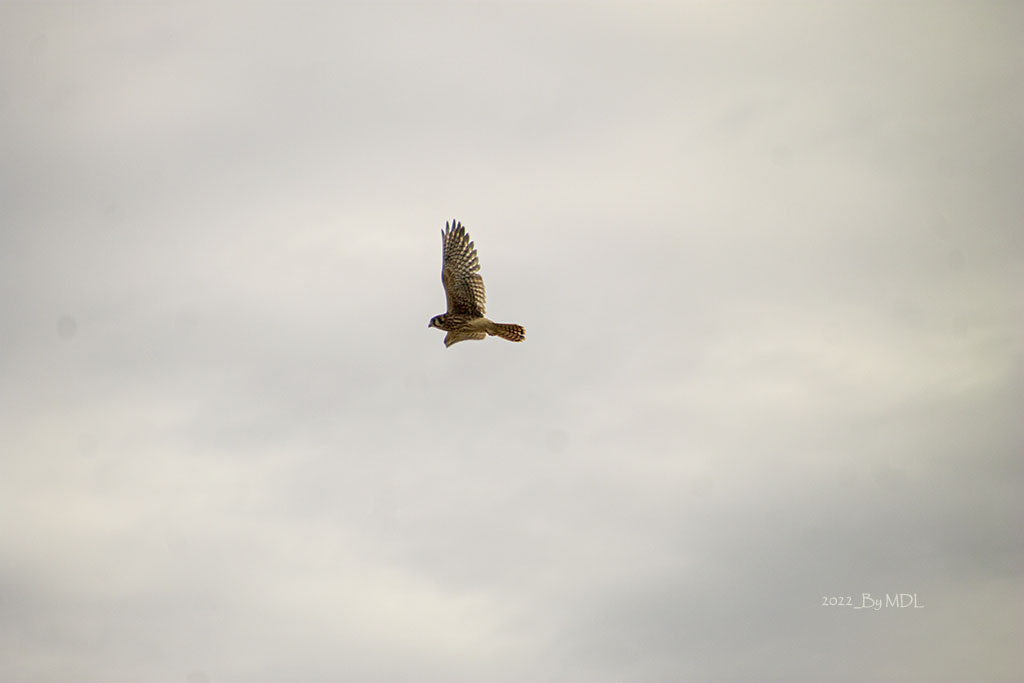
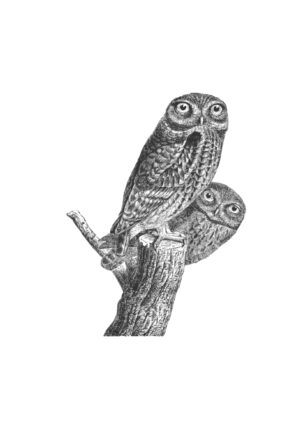
Birds in the News
Links to Recent Articles on Birds
How to Get the Most Out of BirdCast’s Migration Forecasts
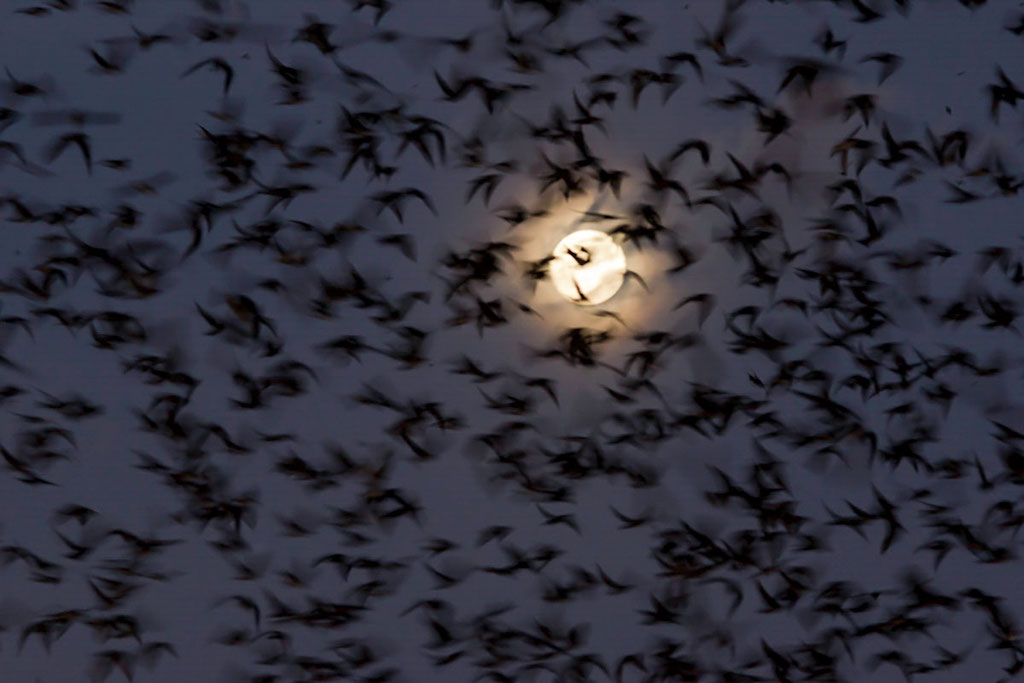
Ask an expert birder about the best time to experience prime migration, and they might answer with a detailed explanation about weather conditions that could leave a new birder’s head spinning. Tracking the weather to choose the optimal birding window can practically require a degree in meteorology: What’s the temperature? Know the wind speed and direction? Any rain on the horizon? Thankfully, since 2018, rookie and experienced birders alike have taken advantage of a simpler method: BirdCast. Created by the Cornell Lab of Ornithology, BirdCast forecasts the intensity of overnight bird migration across the continental United States, displaying waves of migratory birds on a series of easy-to-read forecast maps. Now, with the release of a slick new migration dashboard this spring, the BirdCast team has made it even easier for anyone to predict if they’ll have a birdy morning.
Explaining the Mechanics of a Bird’s Nest
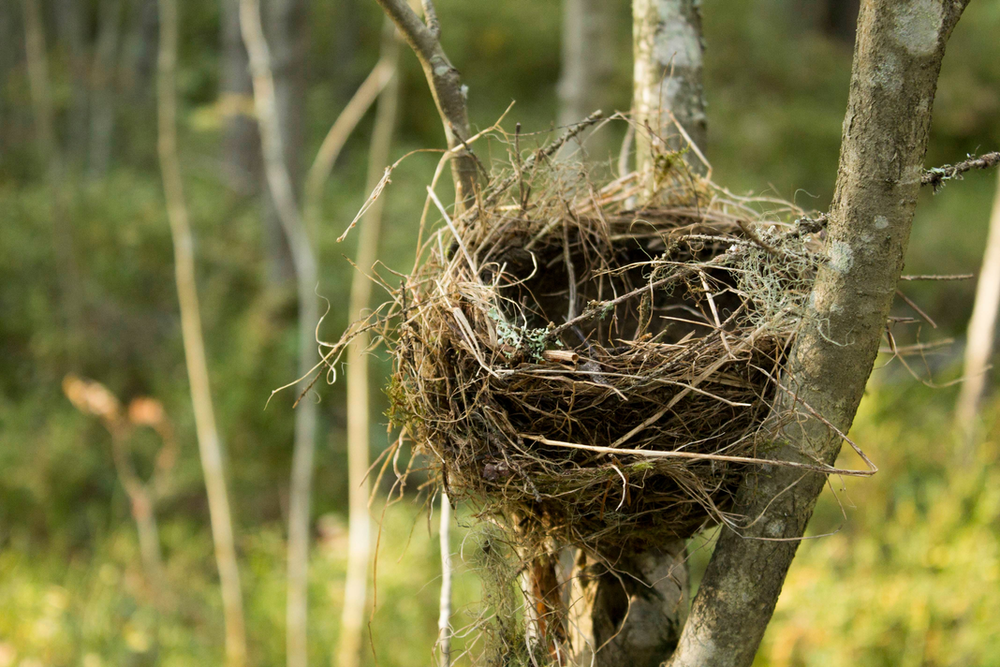
A bird’s nest is a marvel of natural engineering: a disordered bundle of flexible rods woven into a material that is lightweight and springy, yet cohesive. A team of researchers has now used x-ray imaging and computer simulations to explain how a nest-like assembly of short rods acquires its unusual response to mechanical stresses [1]. They found that the friction between strands and the distribution of the strands’ points of contact play a crucial role in determining a nest’s properties. A better understanding of these factors could aid efforts to use nest-like packings of rods in architecture.
Rachel Carson’s ‘Silent Spring’ 60 years on: Birds still fading from the skies
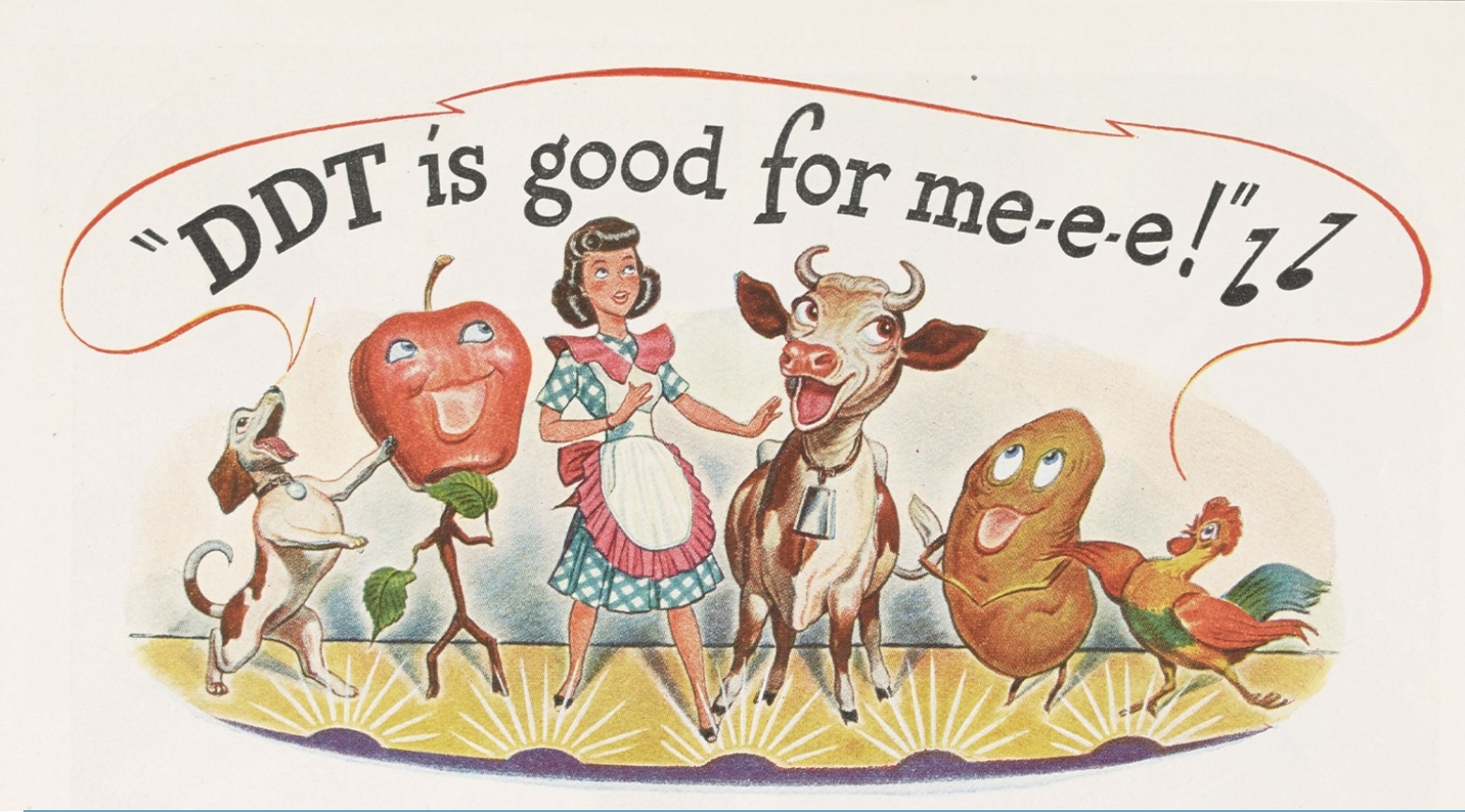
In her landmark 1962 book, Silent Spring, biologist Rachel Carson chronicled the damage — and looming consequences — of human “contamination of air, earth, rivers, and sea with dangerous and even lethal materials,” which she called “elixirs of death.” In the book’s spellbinding opening parable, which profiles a fictional town of the future, she wrote: “It was a spring without voices. On the mornings that had once throbbed with the dawn chorus of robins, catbirds, doves, jays, wrens, and scores of other bird voices there was now no sound; only silence lay over the fields and woods and marsh.”
Better Know a Bird: the Remarkable Migration of the Secretive Sora
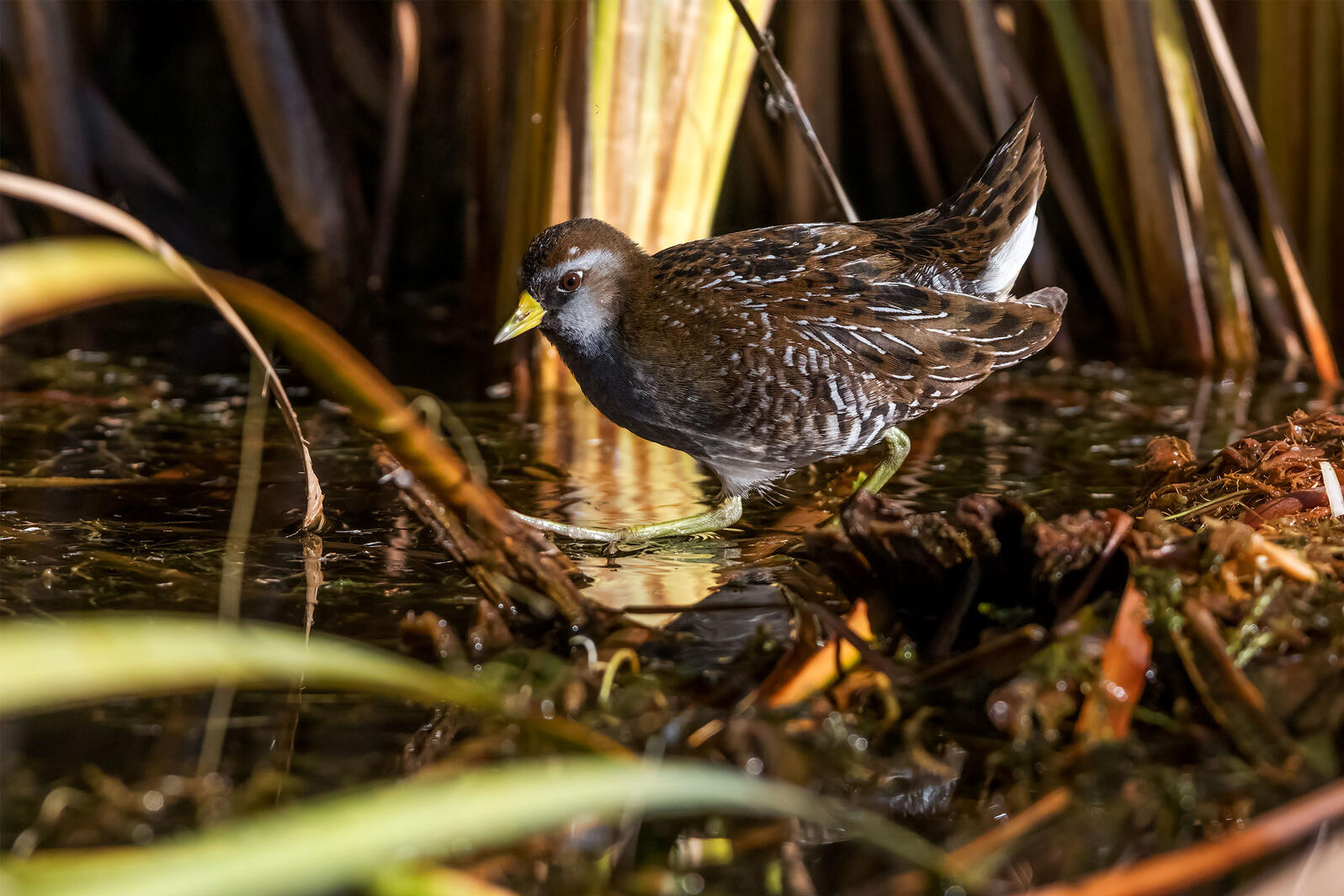
Standing in a high-quality marsh during the peak of migration, you might be surrounded by hundreds of Soras—but you could leave without encountering a single one. As Soras move between their breeding grounds in the north-central U.S. and Canada to their wintering range along southern shores, Mexico, and beyond, they traverse nearly the entire continent. But because they hide in wetland reeds to survive, Soras are rarely spotted.
Zen and the art of birdwatching — a pastime, passion, and, for many, a lifelong obsession
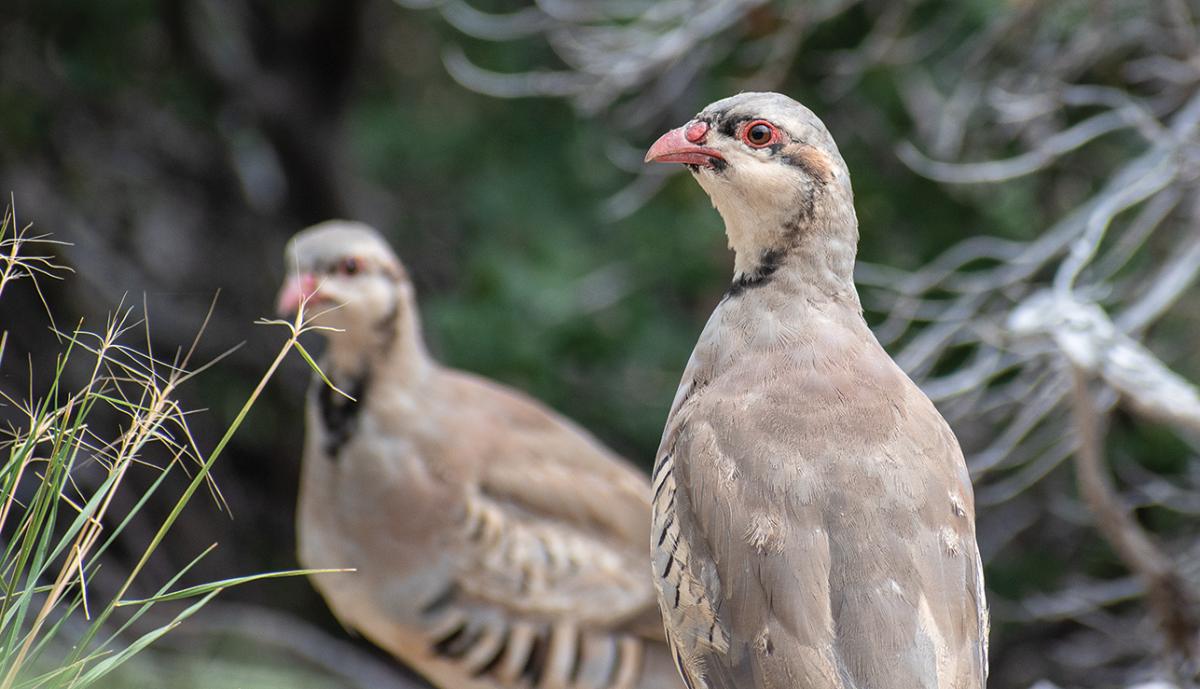
KATHY KLEIN HAD an epic 11-hour drive ahead of her. She was meeting family in southern Idaho for the holidays in December. But her friend Nate Hutt was on the phone, trying to entice her into taking part in an early-morning Christmas bird count survey at Lake Mead National Recreation Area’s 33 Hole Overlook. Six hours of birding before an 11-hour drive across the length of Nevada? Without missing a beat, Klein said yes. “I’m greedy,” she says. “I want it all.” “The best part of that story,” Hutt recalls, “is our friend said to meet there at five in the morning, and when I arrived, Kathy had already been there for an hour. We birded until nine or 10 in the morning, and then she drove to
Why we need a naturalist renaissance
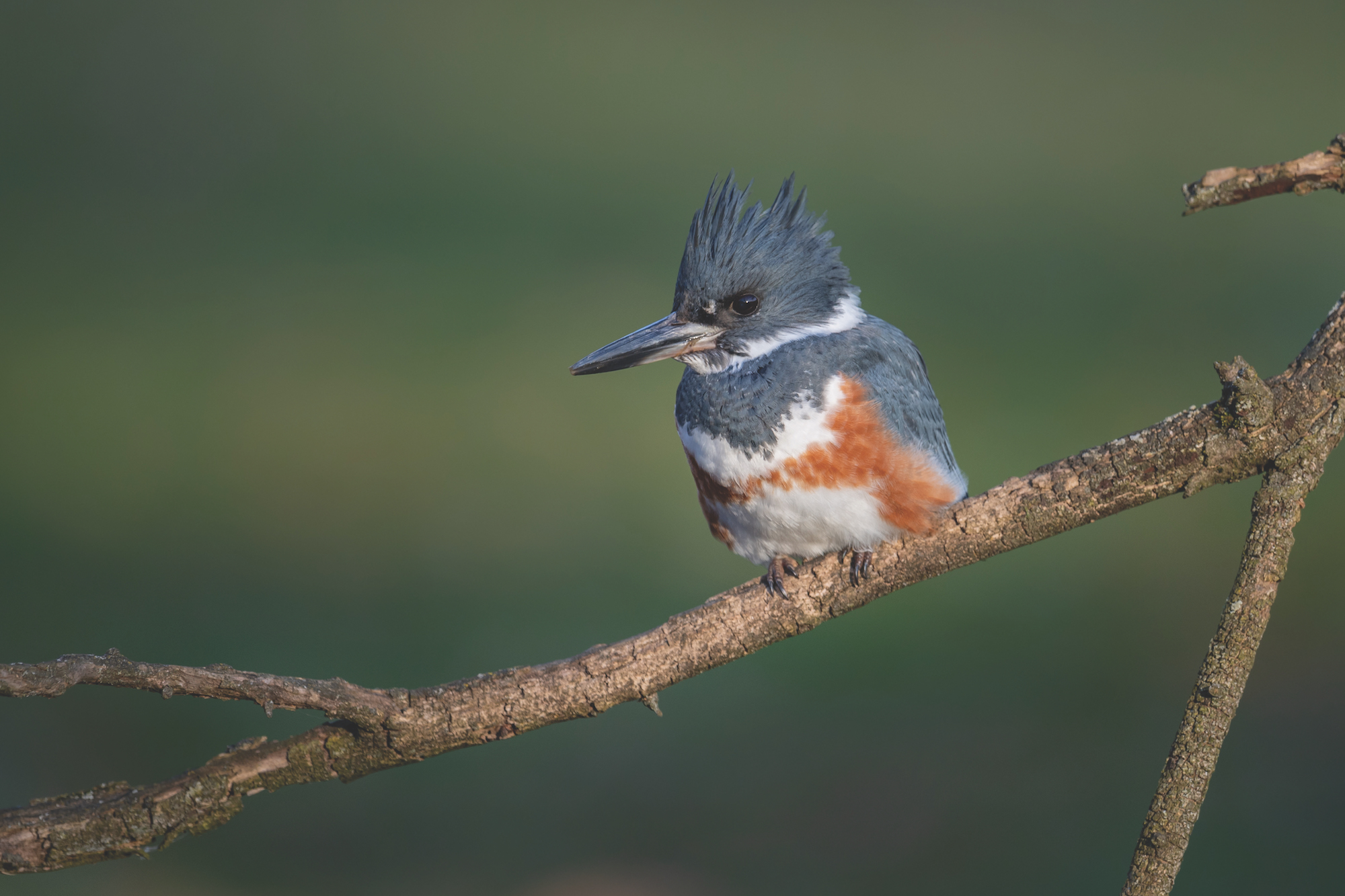
Hummingbirds may be the world’s most colourful birds
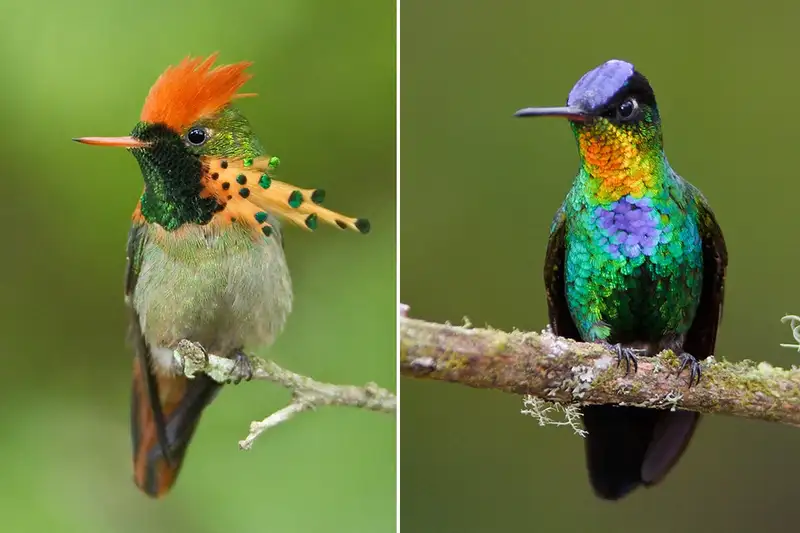
Hummingbirds are potentially the most colourful birds in the animal kingdom – at least, they are from the perspective of the birds themselves. An analysis of 114 species of the small, nectar-supping birds suggests they can collectively produce more than one-third of the colours their eyes can theoretically detect.
How scientists found there’s still some ‘dinosaur’ inside bird eggs
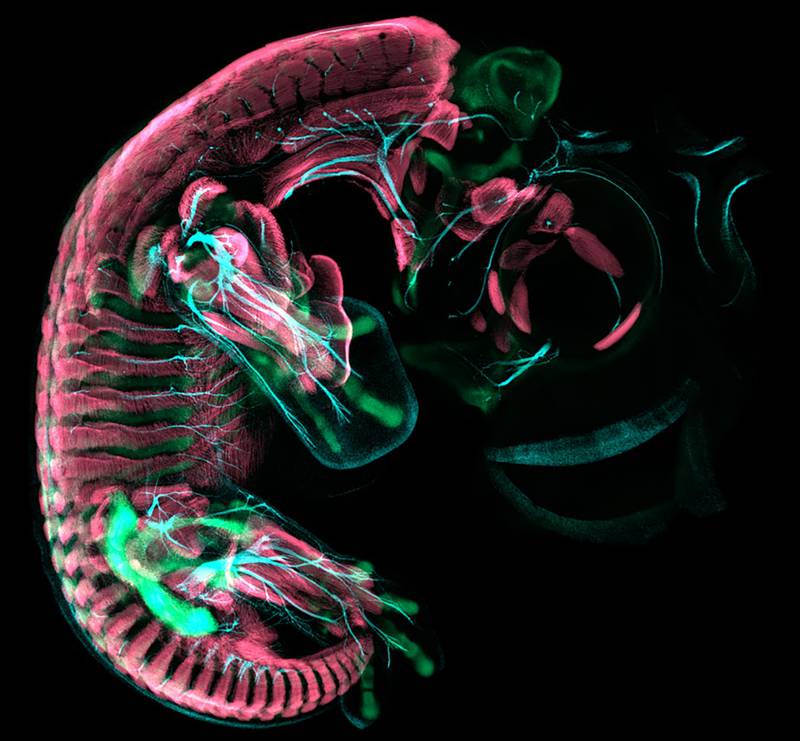
Before a bird hatches from the egg, its hip looks like a dinosaur’s pelvis, changing into a bird’s just days before it hatches, according to research by Yale University scientists. “It’s amazing that we have anatomies in living animals that until now we thought were locked away in the fossil record,” said Christopher Griffin, a post-doctoral researcher and lead author of a paper published in the journal Nature. “But it turns out they’re present — temporarily present, but present — in birds.”


Sorry, the comment form is closed at this time.